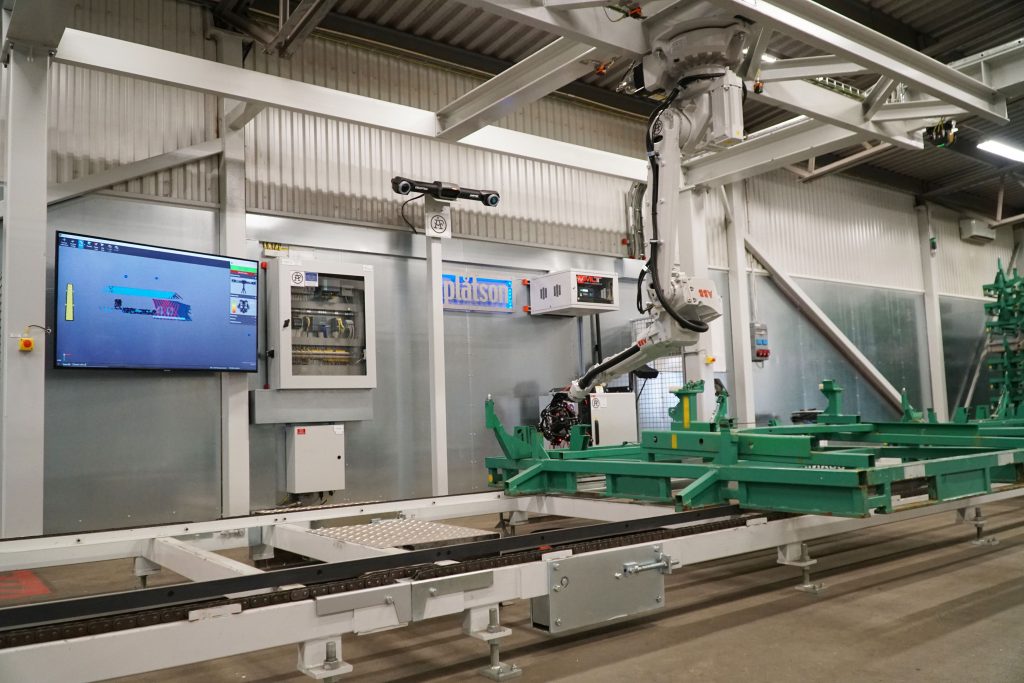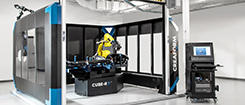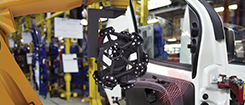July 16, 2024
3D Scanning: The Key to Be Within Regulations and Ahead on the Racetrack See the articleWith the constant pressure put on the market, both from the customers and competitors, the need to increase speed, efficiency and productivity is pushing many transport and automotive companies to switch to automated quality control. By doing so, they are moving away from traditional control methods such as conventional coordinate measuring machines (CMMs) and checking fixtures. But why? And is it worth it?
Moving Away from Coordinate Measuring Machines
Conventional CMMs, while very precise, are not very fast and require metrology experts to operate. They often require dedicated labs, which means a lot of programming, setup, and back-and-forth with the production line. As those machines are rather complex, they are also prone to operator efficiency levels and human error. In that sense, they make recruiting qualified employees much harder.
Those are some of the reasons why Walter Automobiltechnik GmbH, a renowned German part and accessory supplier for big OEMs in the automotive and motorcycle industries, recently added two of Creaform’s MetraSCAN 3D-R systems to a customized automated quality control system. In doing so, they were able to drastically reduce inspection times on an engine mount from 1 hour 30 minutes to just 8 minutes, reduce their HR’s headaches, increase productivity and reduce its shop-floor footprint.
Their MetraSCAN 3D-R was integrated within their production line quickly and without any lengthy training or significant downtimes. Anomalies were then instantaneously reported back to the engineering staff for quick corrective measures, speed up inspections leads to more throughput and a faster time to market.
Moving Away from Checking Fixtures
Another traditional quality control system is checking fixtures, which is often used in the transport industry. This technique comes with many challenges, such as being imprecise, lacking versatility, being prone to errors related to human fatigue or distraction, and offering very little transparency for the clients.
Recently, the Swedish company Plåtson moved away from this technique and adopted the automated approach. Recently, the company acquired a MetraSCAN 3D-R to raise the quality of their work and obtain higher precision on their measurements. In doing so, they also gained in simplicity, speed and transparency, as the deviation reports were automatically saved in a cloud service, also available for their clients. Having easy access to all this information allowed them to react in real time and facilitated decision making. They were able to easily limit the scrap rate and maximize production.
While the market always offers its share of challenges and opportunities, such a switch falls in the latter category. By switching to Creaform’s R-Series 3D scanning solutions for their quality control needs, both companies have seen a valuable return on their investment. The MetraSCAN 3D-R improved both companies’ productivity, accuracy and efficiency, without compromising on accuracy and requiring highly skilled technicians.










